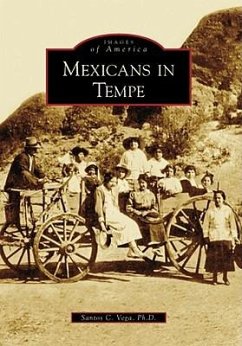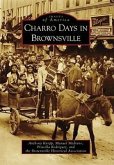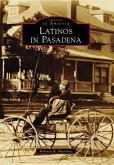San Pablo was settled in the early 1800s by Mexican pioneers, also known as "TempeneAAos," south of the Tempe butte. By the 1870s, Mexicans were vital to Tempe's economical growth, assisting in the construction of the C. H. Kirkland and McKinney Canal and the Hayden Flour Mill, and with agriculture soon after the establishment of Fort McDowell. The agricultural field cultivated by the settlers of San Pablo is now Arizona State University's main campus. Over time, the Mexican settlers of San Pablo were subjected to eminent domain and were dispersed throughout Maricopa County. To this day, the Mexican population has assisted in the economic development of Arizona ranching, agriculture, private industries, the public sector, and in the defense of the United States in time of war.








